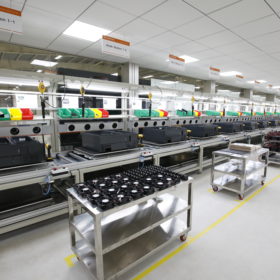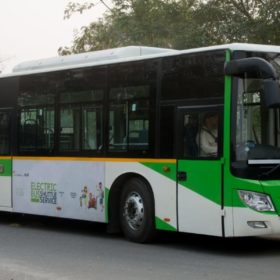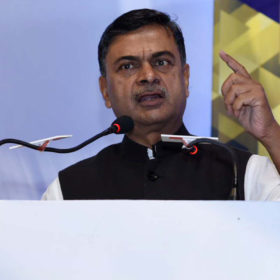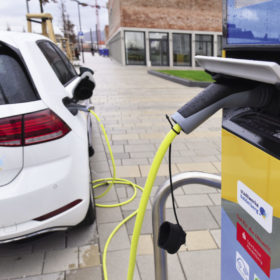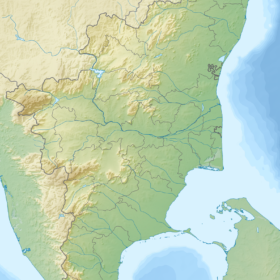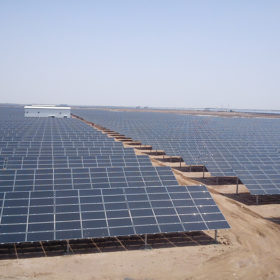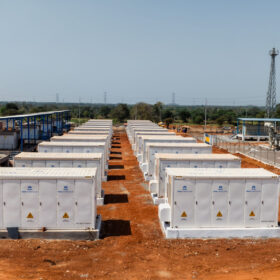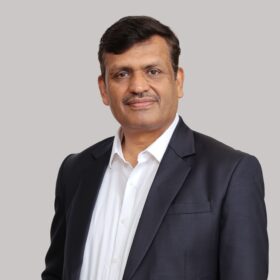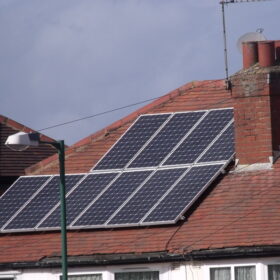Thinktank says India must prioritize a vertically integrated solar supply chain
To develop cost-competitive solar modules the nation must adopt a phased program and set up 15 GW of silicon-ingot-to-solar-module manufacturing capacity by 2024, according to The Energy and Resources Institute.
BHEL tenders for supply of grid-connected power conditioning units
Bids are invited for supply, installation and commissioning of eight 1250kW 3-phase grid-connected power conditioning units for a 10 MW (AC) solar power plant in Charanka Solar Park of Gujarat. Bids will open on August 26.
Care Ratings revises outlook on 11 solar developers to negative
The revision in outlook reflects increased counterparty risk and weakening in the liquidity position of these generators owing to significant delays in the receipt of payments from Telangana DISCOMs.
5595 electric buses sanctioned under FAME II Scheme
Of these, 5095 e-buses have been allocated to 64 cities for intracity operation, 400 for inter-city operation and 100 for last-mile connectivity to Delhi Metro Rail Corporation.
India to hike import tariff on solar equipment: Power minister
Tariffs will be hiked down the value chain in order to encourage domestic solar manufacturing, which currently stands at just 3.2 GW for solar cells and 8.5 GW for solar modules.
No bidders for NTPC’s 1.2 GW solar project despite deadline extensions
National Thermal Power Corp. (NTPC), India’s largest energy conglomerate, has suffered a serious blow to its reputation after it failed to attract bids for its 1.2 GW solar project, despite multiple deadline extensions.
3rd International Electric Vehicle Conclave to kick off tomorrow at Manesar
Jointly organised by India Energy Storage Alliance (IESA) and The International Centre for Automotive Technology (ICAT), the conclave on EV and charging infrastructure will take place on August 9, 2019 at ICAT’s Manesar Campus in Gurugram with over a hundred participating companies.
NLC commissions 100 MW solar plant in Tamil Nadu
The plant—located at Maranthai and Pudur Villages in Tirunelveli District of Tamil Nadu—is part of 709 MW solar power projects awarded by utility Tamil Nadu Generation and Distribution Corporation.
Gujarat’s solar capacity crosses 2.6 GW mark
Gujarat’s total installed solar capacity has crossed the 2.6 GW mark, according to the latest data released by the Gujarat Energy Development Agency (GEDA).
MNRE invites solar research proposals
The ministry has invited proposals for high-efficiency perovskite solar cells, solar panel recycling, hybrid inverters and new applications that combine solar and storage, among others.
